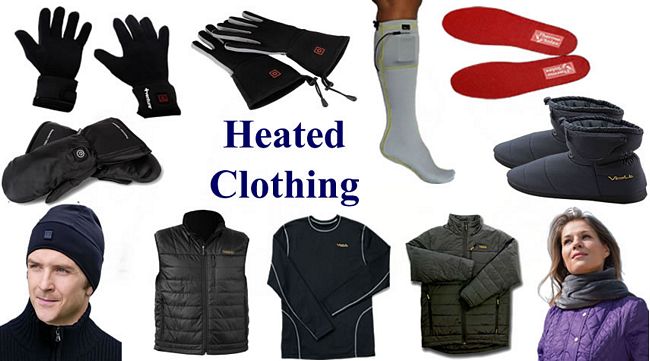As the winter season arrives, staying warm and comfortable becomes a top priority. Traditional winter clothing has long been relied upon to provide insulation against the cold. However, with advancements in technology, heated clothing has emerged as an alternative option for battling frigid temperatures.
In this blog post, we will compare heated clothing to traditional winter clothing, examining the benefits and drawbacks of each to help you make an informed decision about your winter attire.
Warmth and Temperature Control
Traditional winter clothing typically relies on layers of insulation and fabrics designed to trap body heat. While this can provide sufficient warmth in moderate cold, it may not be enough in extremely low temperatures. Heated clothing, on the other hand, utilizes integrated heating elements or panels that generate warmth directly. This allows for precise temperature control, ensuring consistent and targeted heat distribution. Heated clothing provides an extra level of warmth, making it an excellent choice for individuals who are more sensitive to the cold or engage in outdoor activities in extreme conditions.
Comfort and Flexibility
Traditional winter clothing can be bulky and restrict movement due to the multiple layers required for insulation. Heated clothing, on the other hand, is designed to be lightweight and flexible. It often features thin, heating elements that are strategically placed within the garment, providing warmth without sacrificing comfort or mobility. This makes heated clothing a preferred option for those who engage in outdoor activities, sports, or jobs that require freedom of movement.
Power Source and Battery Life
One of the key considerations with heated clothing is the power source and battery life. Most heated garments are powered by rechargeable batteries, which provide the necessary electricity to generate heat. It’s essential to consider the battery life of the heated clothing you choose, as longer battery life ensures extended use and warmth. Additionally, it’s advisable to have spare batteries or a backup power source on hand, especially for extended outdoor activities or travel.
Maintenance and Durability
Traditional winter clothing is generally easier to maintain and care for, as it often involves simple washing and drying instructions. Heated clothing, on the other hand, requires additional care due to the electrical components. It’s important to follow the manufacturer’s instructions for washing and storing heated garments to ensure their longevity and performance. Checking the warranty and reviews of the specific heated clothing brand can give you an idea of its durability and reliability.
Cost Considerations
While traditional winter clothing is widely available at various price points, heated clothing tends to be more expensive due to the technology involved. However, the cost may be justified by the added benefits of targeted warmth and comfort. Consider your budget, personal needs, and intended usage when weighing the cost of heated clothing against traditional winter clothing.
Conclusion
Both heated clothing and traditional winter clothing offer their unique benefits and considerations. Traditional winter clothing provides insulation and warmth through layering techniques, while heated clothing offers targeted and adjustable heat to combat extreme cold conditions. Consider factors such as temperature requirements, comfort, mobility, power source, maintenance, durability, and cost when deciding which option suits your needs best.
Ultimately, the choice between heated clothing and traditional winter clothing depends on personal preference, activities, and the severity of the cold climate. Whether you opt for the tried-and-true approach of traditional winter clothing or embrace the technology and warmth of heated clothing, the goal remains the same: staying warm and comfortable during the winter months.

For over 12 years, I have been testing and reviewing heating technologies that overcome cold weather conditions. In recent years, I have specialized in the heated apparel. I’ve made it my mission to educate people about heated clothing.
